Post on Forum |
My Forum Contribution |
Forum Home
Posted by
Susan Sharma
on
January 14, 2007
|
Kedarnath Wildlife Sanctuary-Home to the Himalayan Monal
The beautiful dancing peacock has been an inspiration to all Indians to aspire for beauty and dignity. On one of my visits to Himachal Pradesh I visited the pheasantry at Sarahan where I saw the other relatives of the peacock-lesser known members of the pheasant
family. The Himalayan Monal with the stern and clever look and a rainbow on its tail feathers left a lasting impression.
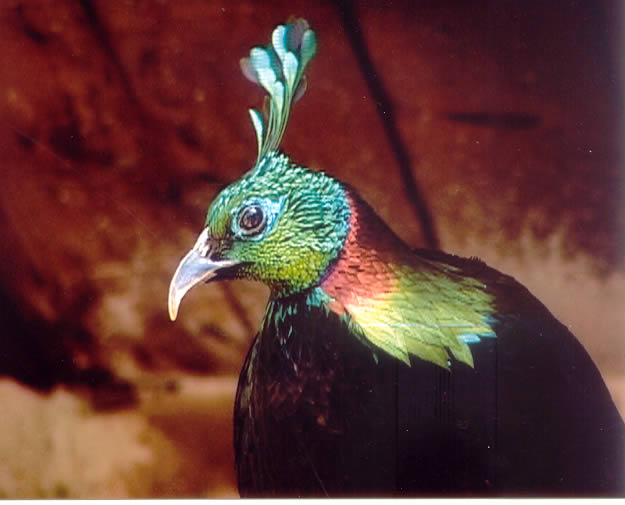
Both my husband and I are happiest when out in the wilderness and before long we were planning a trip to Kedarnath Wildlife Sanctuary, in Uttaranchal India, which is the home of the Himalayan Monal.
We travelled by road, driving from Delhi to Rishikesh on the first day. After halting at Rudraprayag, we proceeded the next day to Chopta via Mandal and Gopeshwar. Once in Chopta, you already soak in the mountains of KedarNath Wildlife Sanctuary.
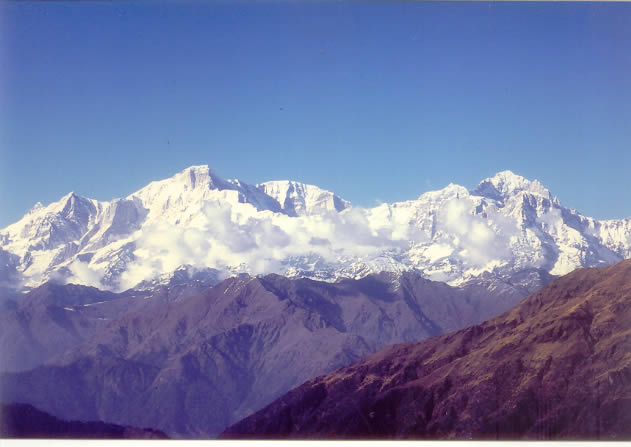
The forests of Kedarnath Sanctuary is the catchment area of Alaknanda River. The forests comprise a Musk Deer Sanctuary and also reserve forests where villages exist, supporting reasonable good forests where one can hear the call of the koklass pheasant and
monals early in the morning. Sighting monals is not that easy as these birds are extremely shy and vary of human presence.
From Chopta you can take up the bridle path to Tungnath temple (trek/horse) –about 5 km-and you will flush monal enroute.
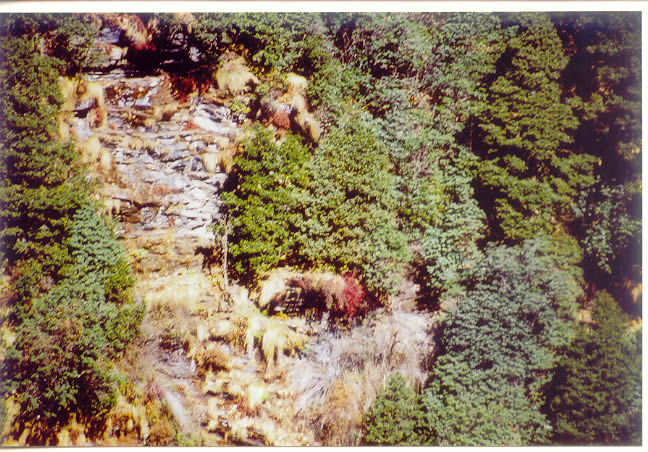
The peaks of Kedarnath which can be reached after a 14km trek, transport one to a heightened spiritual experience. It is no wonder that the majority of Indians who trek these mountainous routes or ride up the bridle path are seeking spiritual fulfillment. The
peak “Kedarnath” is believed to be the abode of Lord Shiva.
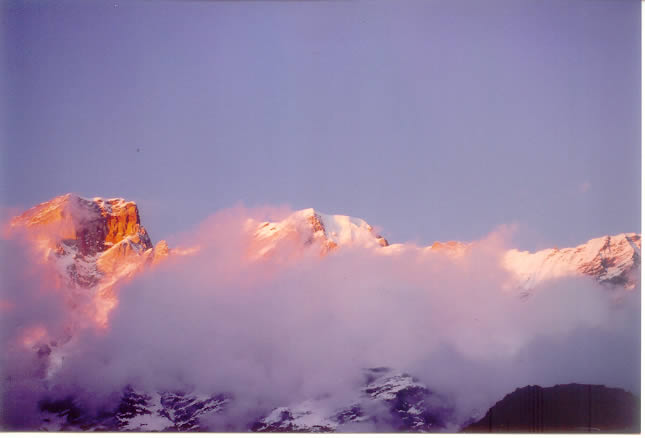
This biological reserve of Kedarnath Wildlife Sancuary is 975 Square Kilometer in area. It is home to a number of endangered animals such as Musk deer, Himalayan tahr, Serow and Pheasants. The sanctuary is part of the Garhwal Himalayas.
The vegetation is diverse and most of the forest types are sub-tropical, temperate, sub alpine and alpine. The undulating terrain ranges from about 1700’( 518m) to 22,901’(6980m).
From Tungnath you could take another bridle path to Shokharkh - a less used path in forests but lots of chances to flush monals and observe them. You will have a good sightings of kalij along the motor road above Mandal and definetly hear Koklass pheasant at
Shokharkh.
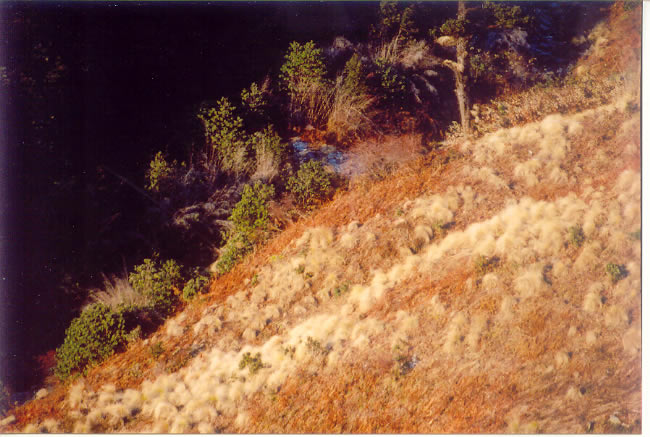
Photographs by Shashi and Susan Sharma:
From top :
1. Head of Himalayan Monal Pheasant
2. Garhwal Himalayan peaks from Chopta
3. Vegetation of the sanctuary
4. Kedarnath Peaks at sunset
5. Undulating terrains which are monal habitat
(More photographs of Kedarnath Wildlife Sanctuary appear at "Wildscapes.net |
Share this post:

says
at